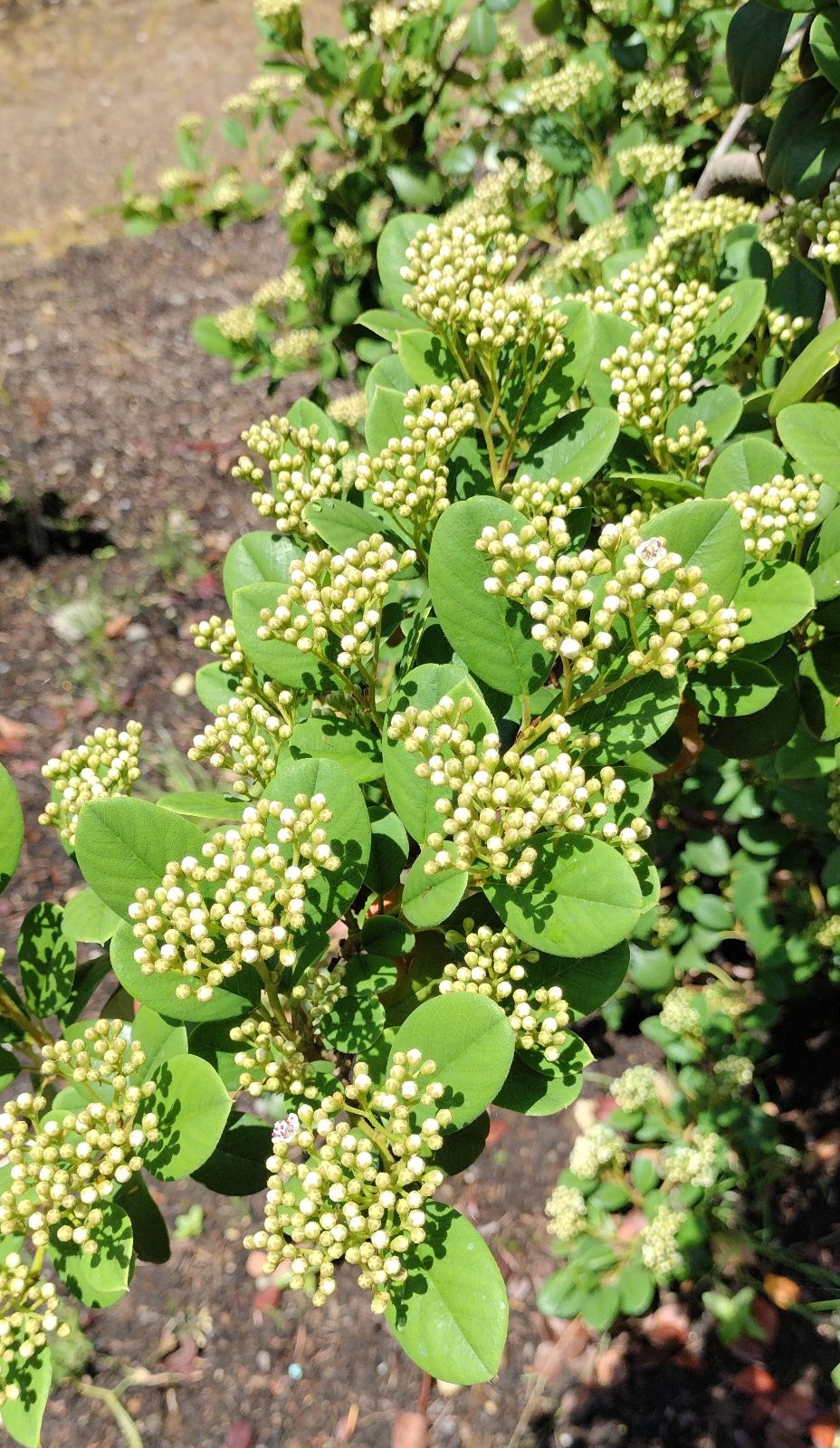Cotoneaster harrovianus
Credits
Article from Bean's Trees and Shrubs Hardy in the British Isles
Recommended citation
'Cotoneaster harrovianus' from the website Trees and Shrubs Online (treesandshrubsonline.
Genus
Other taxa in genus
- Cotoneaster acuminatus
- Cotoneaster acutifolius
- Cotoneaster adpressus
- Cotoneaster affinis
- Cotoneaster ambiguus
- Cotoneaster amoenus
- Cotoneaster apiculatus
- Cotoneaster bullatus
- Cotoneaster buxifolius
- Cotoneaster congestus
- Cotoneaster conspicuus
- Cotoneaster cooperi
- Cotoneaster dammeri
- Cotoneaster dielsianus
- Cotoneaster distichus
- Cotoneaster divaricatus
- Cotoneaster foveolatus
- Cotoneaster franchetii
- Cotoneaster frigidus
- Cotoneaster glabratus
- Cotoneaster glaucophyllus
- Cotoneaster hebephyllus
- Cotoneaster henryanus
- Cotoneaster horizontalis
- Cotoneaster hupehensis
- Cotoneaster integerrimus
- Cotoneaster lacteus
- Cotoneaster lindleyi
- Cotoneaster lucidus
- Cotoneaster melanocarpus
- Cotoneaster microphyllus
- Cotoneaster moupinensis
- Cotoneaster multiflorus
- Cotoneaster nitens
- Cotoneaster nitidifolius
- Cotoneaster obscurus
- Cotoneaster pannosus
- Cotoneaster prostratus
- Cotoneaster racemiflorus
- Cotoneaster rhytidophyllus
- Cotoneaster rotundifolius
- Cotoneaster rubens
- Cotoneaster salicifolius
- Cotoneaster simonsii
- Cotoneaster tomentosus
- Cotoneaster turbinatus
- Cotoneaster uniflorus
- Cotoneaster zabelii
An evergreen shrub of loose, spreading habit, growing 6 ft in height, and more in diameter; young shoots at first covered with a pale down (which later falls away), afterwards becoming nearly or quite glabrous, glossy, and turning a dark purplish brown, almost black, on the side exposed to the sun. Leaves oval to obovate, wedge-shaped at the base, pointed at the apex, where the midrib is extended into a short bristle (or mucro); 1 to 21⁄2 in. long, 1⁄2 to 1 in. wide; at first sparsely downy above, afterwards glabrous, and bright dark green, covered beneath with a pale yellowish-brown wool, which partially falls away by the end of the year; stalk 1⁄8 to 1⁄3 in. long. Flowers numerously and densely arranged in axillary and terminal corymbs about 11⁄2 in. across; petals round, white; calyx and flower-stalk thickly coated with grey wool, the calyx lobes triangular and pointed. Stamens twenty, with reddish-purple anthers. Fruit red.
Native of Yunnan, China; discovered by Henry, introduced in 1899 by Wilson for Messrs Veitch, in honour of whose manager at the Coombe Wood nurseries, the late George Harrow, it was named. It is most nearly allied to C. pannosus, but has larger, more leathery leaves, and larger flower-clusters. One of the handsomest of cotoneasters in flower. For a note on the introduction of this species, see C. amoenus.

